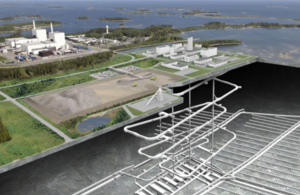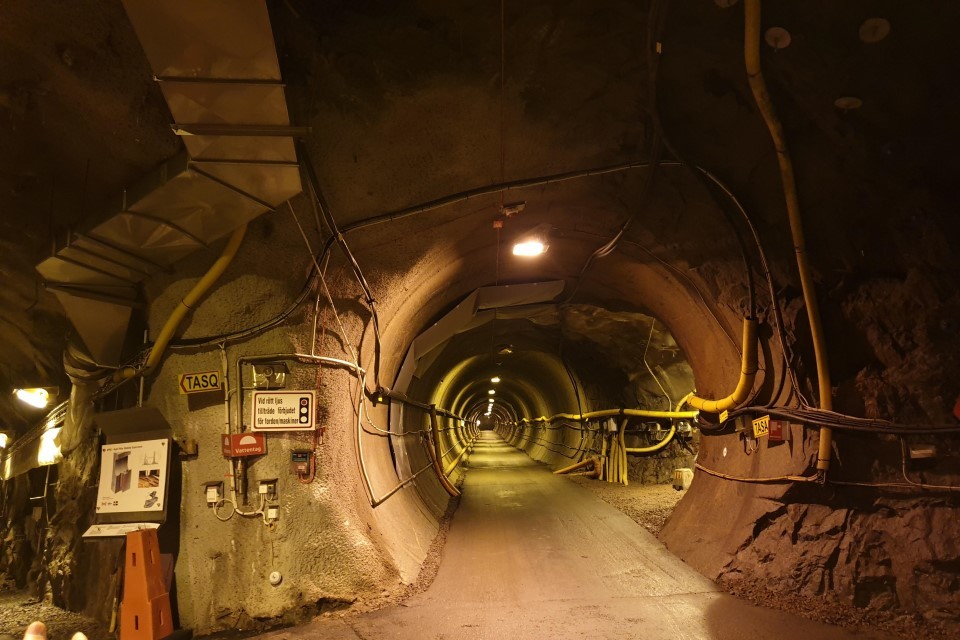Swedish Government approves plans for underground repository for spent nuclear fuel
Local residents at Forsmark site in Östhammar have voted in favour of the plans

Sweden's planned repository is now approved by the Government. Image courtesy of SKB
The licence allows SKB, the developer of the GDF in Sweden, to take final steps and preparations for initial construction of the site.
The process stipulated by the Act on Nuclear Activities can now continue, the first step being a hearing in the Land and Environment Court concerning specific permit conditions for the facility. The case is also referred to the Swedish Radiation Safety Authority for their continued review of SKB’s further work.
The UK’s GDF programme lead Karen Wheeler said:
We’re thrilled the see the Swedish Government approve plans for an underground repository for spent nuclear fuel at the Forsmark site in Östhammar.
As we make progress at home and engage with communities about a GDF to safely deal with radioactive waste for the long-term, it’s encouraging to see progress around the world too.
We will continue to work with international colleagues, incorporate latest knowledge and technologies, and learn from their experience.
In 1992, every local authority in Sweden was invited to take part in the site selection process and the search was eventually narrowed down to 2 communities in Ӧsthammar and Oskarshamn.
Comprehensive site investigations over 5 years, covering geology, hydrology, ecology and social impact, led to a decision in favour of the Forsmark site in Ӧsthammar, close to an existing nuclear power station and where the granite rock is 1.9 billion years old.

Deep underground in Sweden's experimental rock lab at Äspö
Approximately 800 scientific reports were produced during the Forsmark site investigations, 25 cored boreholes were drilled, up to 1,000 metres deep. Altogether, 16 kilometres of drill core samples were extracted.
Residents in both communities had consistently returned strong votes in support of the project.
When fully developed, some time in the 2080s, the repository will comprise around 60 km of tunnels with space for more than 6,000 canisters of spent fuel.
Sweden already operates a repository for shorter-lived radioactive waste, which opened in 1988 and extends to a depth of 50 metres below the seabed of the Baltic. An application to extend this repository was submitted in 2014 and granted by the government in December 2021, following approval by the Swedish Radiation Safety Authority and the Land and Environment Court, as well as the municipality (or local authority) of Ӧsthammar.
RWM has collaborated with overseas partners, including SKB, on numerous research projects, sharing knowledge and pooling resources to ensure its GDF programme is fully aligned with international best practice and the latest technologies.